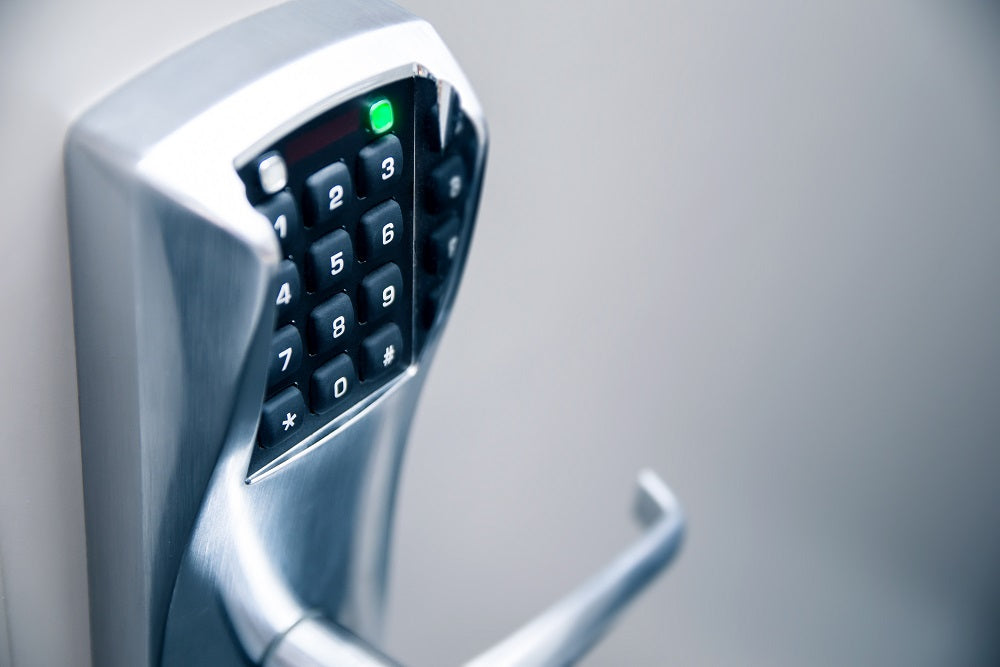How We Got from USB 1.0 to USB-C

Technology evolves. That is how we got from disposable alkaline batteries to USB-C rechargeable lithium-ion batteries. But getting from there to here wasn't just an evolution of battery technology. It was also an evolution of the USB mindset and the technology that drives it. We have come a long way since USB 1.0.
How we got from USB 1.0 to USB-C matters to us a great deal. Why? Because we are now manufacturing batteries that utilize the USB-C port. It is the new industry standard and one in which we have invested. In all likelihood, this latest iteration of USB will not be its last one. So knowing how we got from there to here will give us an inkling of how we are going to get from here to the next generation of USB.
It Started with Seven
The whole idea of the USB port was conceived out of a need to bring some sort of standardization to computer peripherals. The first group of companies that got together to develop USB included big names like IBM and Microsoft. There were just seven back in the day. Their goal was to better compete with Apple by developing standardized plug-and-play hardware that would make using peripherals easy.
In its first iteration, USB 1.0 was designed to move data between computer and peripheral. It was ideal for things like printers and external drives. It was rated at 1.5 Mbit/s at the low end and 12 Mbit/s at the high end. It wasn't much, but it was a start.
USB 1.0 was released in 1996. However, it was not until 1998 that the very first USB devices were released. They were actually USB 1.1 devices. The technology's biggest downfall was the existence of multiple configurations utilizing different types of USB cables. Developers set out to change that with USB 2.0.
USB 2.0 and USB 3.0
The second generation of USB technology brought in some major changes. In addition to transmitting data, USB 2.0 was developed with a battery charging specification in mind. It was released in 2000, bringing with it the idea of using USB to power devices rather than just transferring data. Speaking of data transfer, USB 2.0 boosted the technology's maximum speed to 480 Mbit/s.
USB 3.0 was released some eight years later to become the standard that most of us know and love. It offered even faster speeds. It also offered some measure of backward compatibility with older devices using a previous USB standard. As far as cables were concerned, some additional refinement occurred with this third generation. That takes us to where we are now.
USB-C and a New Connector
USB-C was developed on the back of USB 3.1. It brought with it a new cable and connector intended to replace all the previous connectors before it. The new connector is concentric, meaning there is no top or bottom. The new standard eliminates proprietary cables and connectors in favor of a single replacement that can be used with any compatible device.
We have chosen to adopt USB-C standards for our rechargeable lithium-ion batteries. Fortunately, the industry has green lit USB-C's new cable and connector despite having released USB 4.0 back in 2019. It is a pretty safe bet that the cable and connector will around for a while.
Paleblue is thrilled to be engaging with USB-C. It has been a long time coming. We think that our batteries will be made better for it, and we hope you will agree. Let us know what you think of your USB-C rechargeable batteries so we can make them better.
- Tags: Economical Performance







